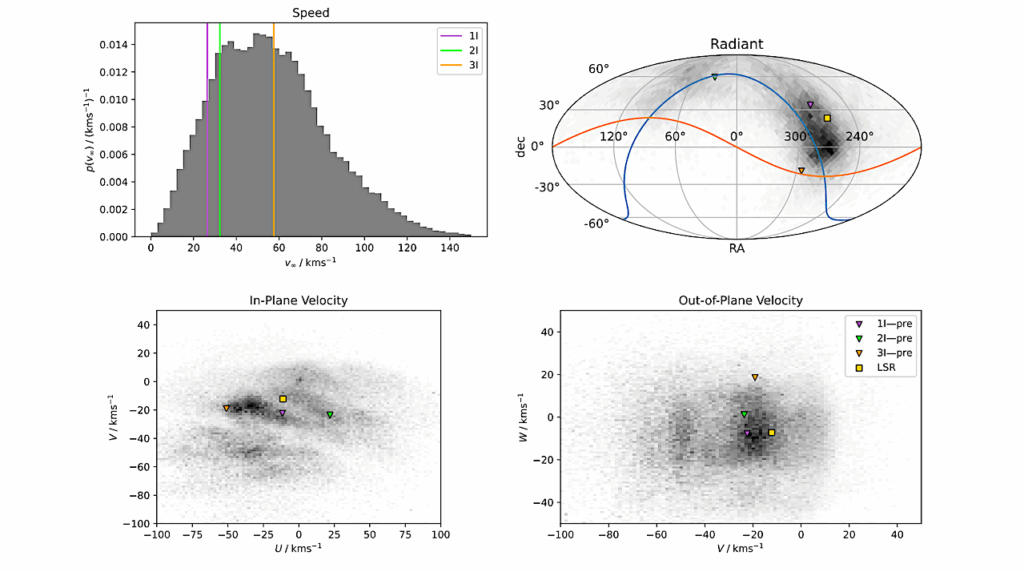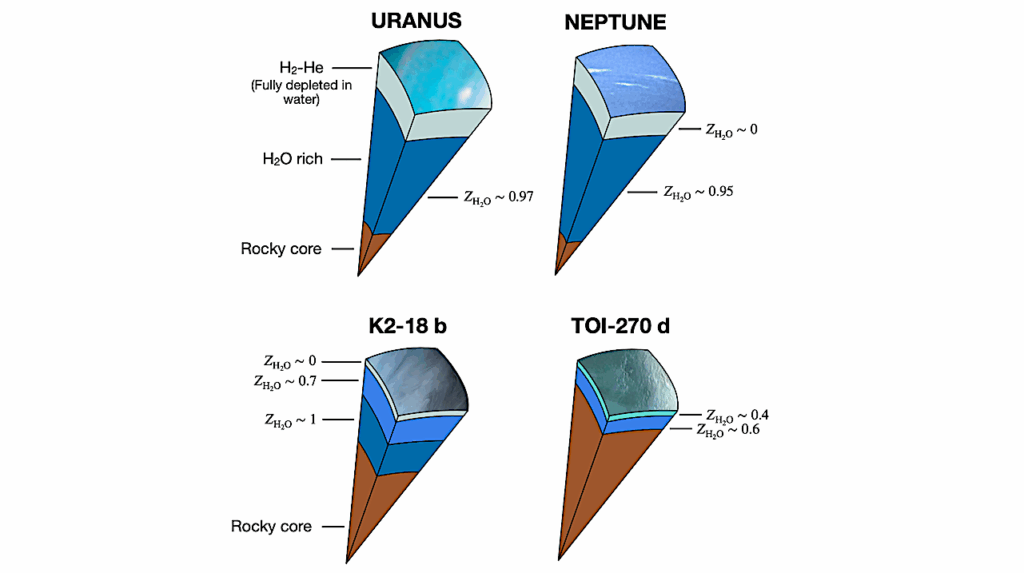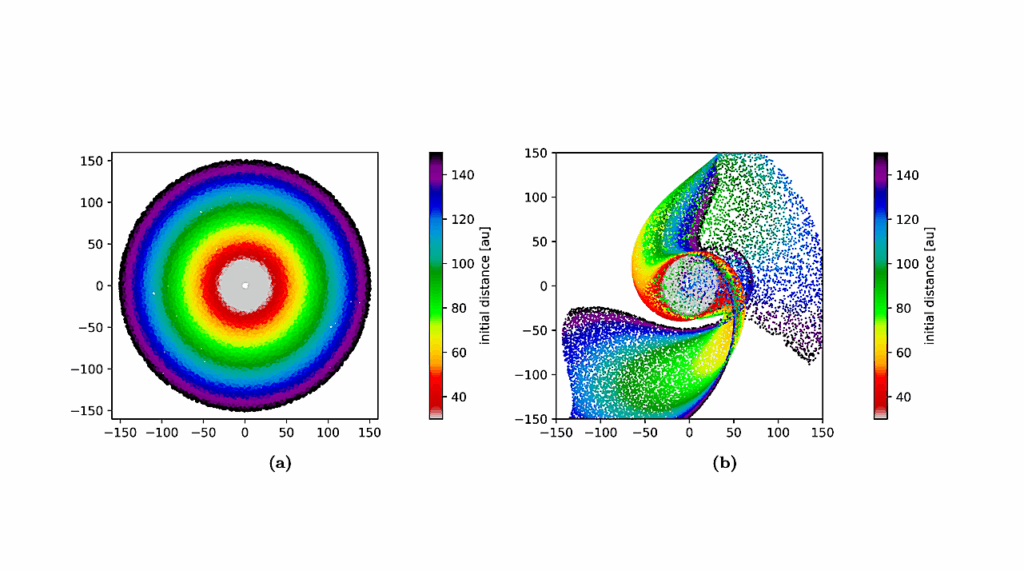MP Mus (PDS 66): You Can’t Judge A star By Its Protoplanetary Disc

In most cases, the material inside a protoplanetary disc condenses to form new planets around the star, leaving large gaps where the gas and dust used to be. These features are seen in almost every disc — but not in MP Mus’s.
When astronomers first observed it with the Atacama Large Millimeter/submillimeter Array (ALMA), they saw a smooth, planet-free disc, shown here in the right image. The team, led by Álvaro Ribas, an astronomer at the University of Cambridge, UK, gave this star another chance and re-observed it with ALMA at longer wavelengths that probe even deeper into the protoplanetary disc than before. These new observations, shown in the left image, revealed a gap and a ring that had been obscured in previous observations, suggesting that MP Mus might have company after all.
Meanwhile, another piece of the puzzle was being revealed in Germany as Miguel Vioque, an astronomer at ESO, studied this same star with the European Space Agency’s (ESA’s) Gaia mission. Vioque noticed something suspicious — the star was wobbling. A bit of gravitational detective work, together with insights from the new disc structures revealed by ALMA, showed that this motion could be explained by the presence of a gas giant exoplanet.
Both teams presented their joint results in a new paper published in Nature Astronomy. In what they describe as “a beautiful merging of two groups approaching the same object from different angles”, they show that MP Mus isn’t so boring after all.
A young gas giant and hidden substructures in a protoplanetary disk, Nature Astronomy (open access)
Astrobiology,








